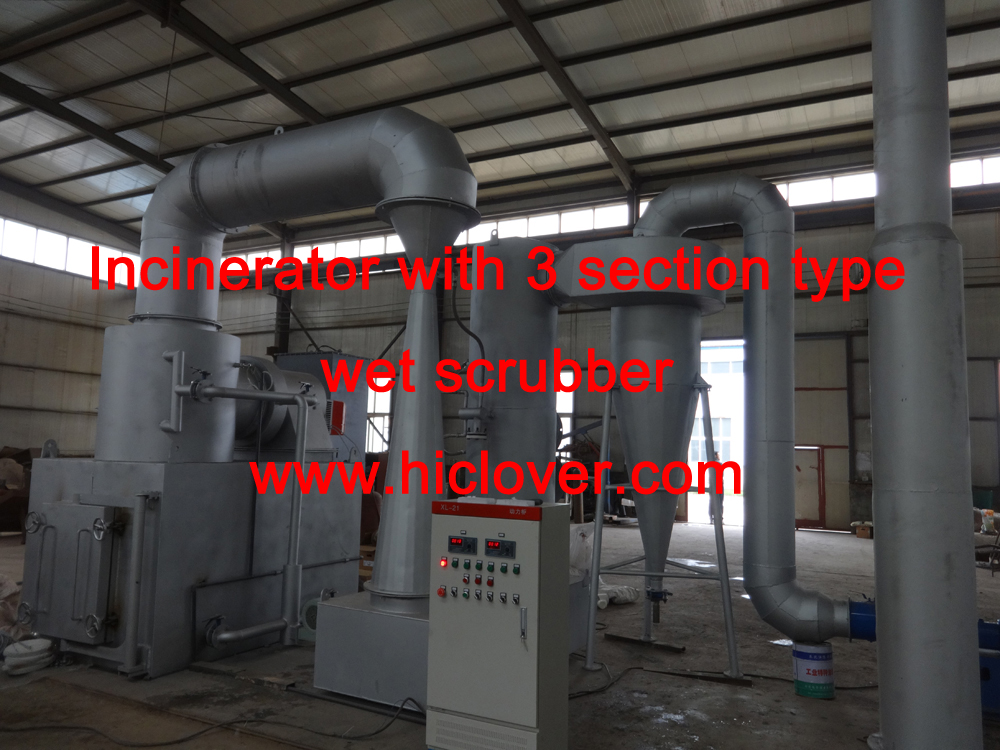Incineration is a process that involves the burning of waste materials in a controlled environment. It is a widely used method of waste disposal and has been in practice for centuries. In recent years, incineration has gained attention as a way to reduce the volume of solid waste and generate energy from the combustion process. This article will provide a comprehensive definition and overview of the basics of incineration.
Definition
Incineration is the process of burning waste materials at high temperatures to convert them into ash, gas, and heat. The controlled combustion of waste helps to reduce its volume and can also generate energy in the form of electricity or heat. Incineration is commonly used for the disposal of municipal solid waste, hazardous waste, and medical waste.
Process
The incineration process begins with the collection and transportation of waste materials to a designated facility. The waste is then sorted and pre-treated to remove any non-combustible materials such as metals and glass. Once the waste is prepared, it is loaded into a combustion chamber where it is burned at temperatures ranging from 800 to 1,200 degrees Celsius. During the combustion process, organic materials are converted into ash, while non-combustible materials are retained as residue. The heat generated from the combustion can be used to produce steam, which can then be used to generate electricity through a turbine or to provide heat for industrial processes.
Environmental Impact
While incineration offers a solution for waste reduction and energy generation, it also raises concerns about its environmental impact. The combustion of waste materials releases greenhouse gases, particulate matter, and dioxins into the atmosphere, which can contribute to air pollution and climate change. To mitigate these impacts, modern incineration facilities are equipped with emission control systems, such as scrubbers and filters, to reduce the release of pollutants. Additionally, the ash and residue produced from incineration must be properly managed to prevent the contamination of soil and water.
Benefits and Drawbacks
Incineration has several advantages, including the reduction of waste volume, the generation of energy, and the potential for resource recovery through the recovery of metals from ash. Additionally, incineration can reduce the reliance on landfill disposal, which can help to alleviate the pressure on limited landfill space. However, incineration also has drawbacks, such as the release of air pollutants, the potential for toxic ash, and the high cost of building and operating incineration facilities.
In conclusion, incineration is a widely used method of waste disposal that involves the controlled burning of waste materials to reduce its volume and generate energy. While incineration offers benefits in terms of waste reduction and energy recovery, it also raises concerns about its environmental impact. As technology advances, incineration facilities continue to improve their efficiency and reduce their environmental footprint, making incineration an important part of the waste management system.



